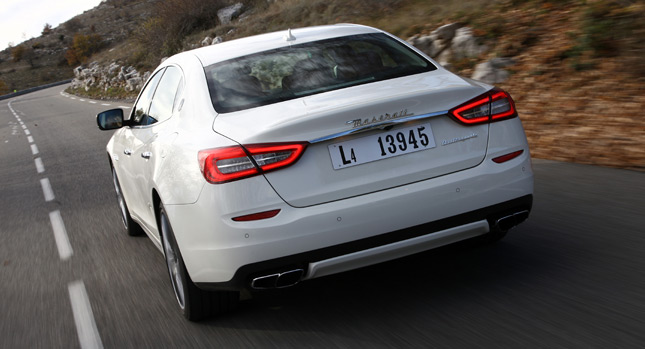Politics play a big part as far as large-scale auto manufacturers are concerned. The GM and Chrysler bailout initiated by Republican President George W. Bush and implemented by his Democrat successor in the White House, Barack Obama, was a political decision rather than one based solely on cold, hard facts.
Most European governments are now faced with the same problem due to the debt crisis that has led to a plunging new car market. The French government has already financed PSA Peugeot Citroen; Italians fear that Fiat, whose Italian plants are running way below their minimum capacity, as there is no demand to satisfy, may be forced to close some of them.
Automotive experts believe that this is inevitable. Deutsche Bank analysts say that building two new compact SUVs, one for Fiat and one for Jeep, at the Melfi plant is not enough. To break even, Fiat should have to shave 700,000 vehicles a year – that’s equal to more than double the Mirafiori plant in Torino, which has an annual capacity of 300,000 units.
That’s where politics come into play. Last September, Fiat-Chrysler CEO Sergio Marchionne met with Italian Prime Minister Mario Monti and pledged that he wouldn’t shut down any of its operations in the country.
Marchionne is no fool; he knows first-hand that idling assembly lines are hurting his company more and more with each passing day. “Under-utilization of plants caused us huge losses in Europe, which are not sustainable”, he said on December 20 during an event at the Melfi plant that involved him pushing a red button, along with Monti, to signify the beginning of a €1 billion-plus investment of the company’s new assembly line that will produce the two small SUVs from 2014.
He does, however, have a plan that he believes will save the company: “There are moments to start a new page and start from scratch. We decided to shift away from mass car making and compete in the upscale market.”
Instead of cutting the group’s European production by 700,000 vehicles, as the Deutsche Bank suggested, Marchionne plans to boost it by 750,000 units, to 2 million, in the next four years, with premium models bound for markets like the U.S., China and Russia accounting for 15 percent of that number.
What Marchionne is doing, more or less, is copying a page out of VW Group’s book. The German’s luxury brands, such as Porsche, Audi and Bentley, are generating half of its profit. In the same way, he has scheduled 19 new or redesigned models to be built in Italy until 2016, among them nine Alfa Romeos and six Maseratis.
“There’s significant long-term opportunity, but it is long term,” John Casesa, senior managing director of investment banking at Guggenheim Partners told Bloomberg News. “These are 20-year projects. It’s three or four or five product cycles and you have to keep doing things well again and again.”
Giuseppe Berta, a professor at Bocconi University in Milan who has written several books on Fiat, believes that politics may influence the success or failure of this strategy: “While the move upscale is the right choice, the political uncertainties will weigh on Marchionne’s plan. It may be inevitable for the Italian carmaker to reduce its capacity in the country.”
Closing down a plant would cost around €600 million. It would also lead to strikes and may even spark unrest in the country – which, let’s face it, is the last thing any government wants, especially considering the situation in Europe right now.
Ergo, Marchionne will go on with his plan and have the support of the politicians. What remains to be seen is whether it will yield the financial results he expects.
By Andrew Tsaousis
Story References: Bloomberg News
PHOTO GALLERY










